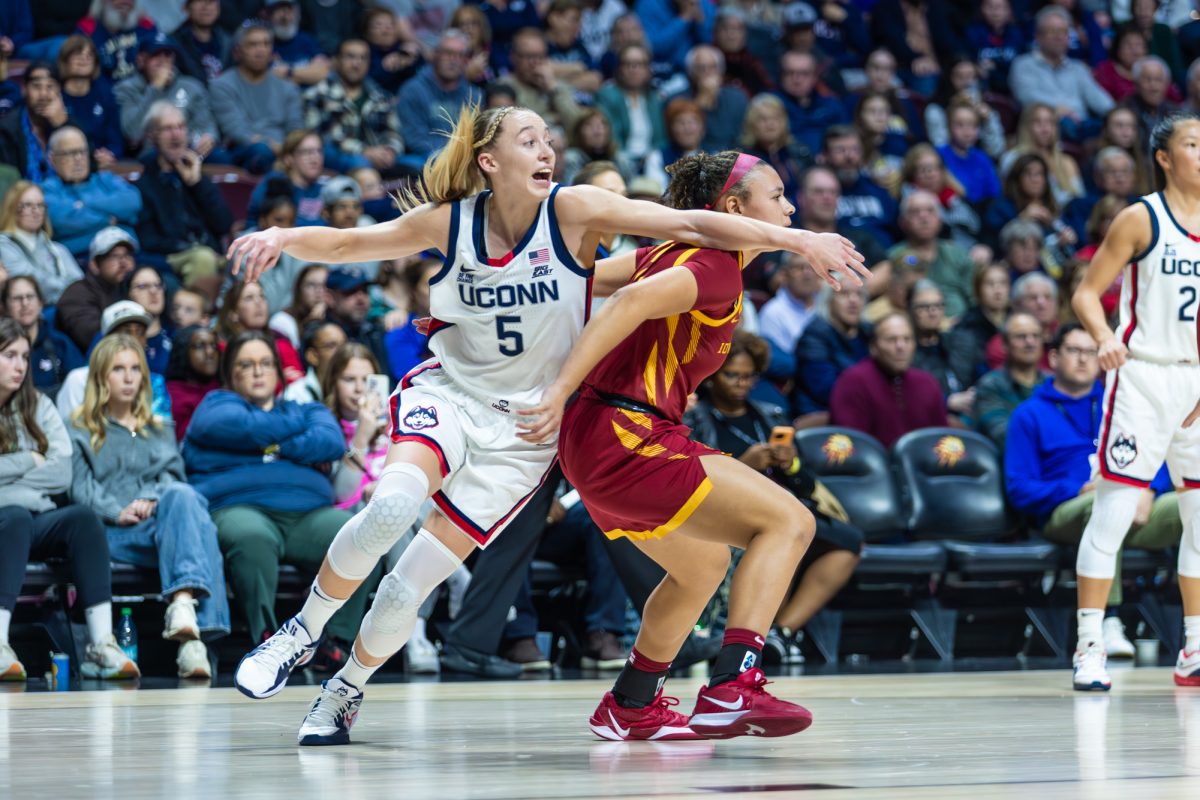NSF CAREER awardees speak on experiences
Kelvin Chu, previous National Science Foundation program director, is introduced during the NSF CAREER Awards in the Campanile Room of the Memorial Union on March 7. Recent award winners shared their experiences from the proposal process and what they look for in a proposal.
March 7, 2017
Grant awardees and panelists gathered in the Campanile Room of the Memorial Union on Monday afternoon to lead a discussion about research grants to an audience of around 20 people.
Recently, the National Science Foundation (NSF) presented a 2017 CAREER Award to Dipali Sashital, assistant professor of biochemistry.
Sashital received the grant, a total of $110,346 to be used over the next five years, for her research about the use of bacterial immunity in biotechnological applications. During the discussion, she presented an overview of her experience.
“Everyone’s experiences really vary,” Sashital said. “What works for one person may not work for everyone.”
Despite the countless pieces of advice she’s received, Sashital admitted she didn’t use them all. She recommends contacting the program director before applying but said it’s not absolutely necessary.
Two other awardees, Maria Salas Fernandez, associate professor of agronomy and 2012 NSF CAREER awardee, and Rebecca Flint, assistant professor of physics and astronomy and 2016 NSF CAREER awardee, also briefly discussed their research and path to receiving the award.
In her research, Fernandez focused on “genes/molecular markers affecting the plant’s capacity to cope with excessive energy under stress conditions,” according to her abstract. Her funding will end at the end of April.
“Be realistic about what you can do in five years, but not overly ambitious,” Fernandez said in her final statement to the audience.
Flint worked on theoretical research and education that examined “how to stabilize […] spin liquids in a wide variety of models that can be realized in materials,” according to the abstract.
“A key takeaway is basically you have to know your field,” Flint said. “The best way to do that is find your friends […] who are a few years ahead of you and see what they’ve done and learn from other people.”
Flint’s funding is scheduled to end mid-2021.
Speakers Kelvin Chu and James Rice, who both work at NSF, went into more detail on the proposals for the audience.
Chu, who also works at The Implementation Group (TIG), explained the role of TIG for those who might be interested in research and the NSF CAREER awards.
“We are here because we’d like to work with you as [principal investigators] on your proposals that are going forward in this competition,” he said.
Chu said that a proposal can take approximately six to seven months to write and suggested starting it in December to have it done in time for the summer deadline.
Rice discussed the process of the proposal and gave some advice to audience members.
“The plan has to be more than simply a line,” he said. “It’s infrastructure that you’re putting in place through that 10-, 15-, 20-year horizon.”
Rice also pointed out that “this is a career proposal,” not a research proposal.
They both recommended that first- and second-year faculty apply for other research grants and wait for their third or fourth year to apply to the NSF Career award.
Applicants may only apply three times.
Requirements to receive the award include having a doctoral degree in a field supported by the NSF, be on a tenure-track (or an equivalent) as an assistant professor (or an equivalent) as of Oct. 1 after the submission and not having previously received a CAREER award.






